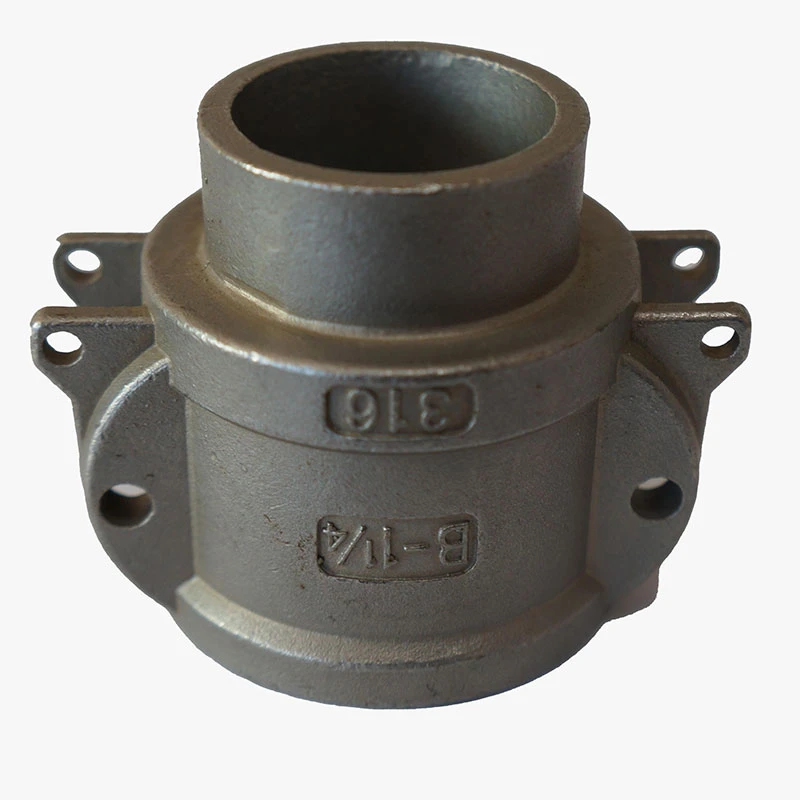Effective Techniques for Sand Casting Furnace Operation and Maintenance
Sand Casting Furnace An Essential Component of Metal Casting
Sand casting is one of the oldest and most versatile metal casting processes still in widespread use today. At the heart of this process lies the sand casting furnace, which plays a crucial role in melting metals to produce castings with precise geometries and properties. This article explores the significance, functionality, and types of sand casting furnaces, along with considerations for their selection and use.
Understanding Sand Casting
Before delving into the furnace itself, it is essential to grasp what sand casting entails. The process begins with creating a mold from sand, which is a mixture of sand grains and a binding agent. Once the mold is prepared, metal is melted in a furnace and poured into the mold cavity, where it solidifies, taking the shape of the cavity.
Role of Sand Casting Furnaces
The furnace is responsible for melting the metal to the required temperature, ensuring it is in a good state for pouring. The types of metals often used in sand casting include iron, aluminum, and bronze, each with distinct melting points and behaviors. Thus, the design and functionality of the furnace must cater to these specifications to achieve optimal results.
Types of Sand Casting Furnaces
Several types of furnaces are used in sand casting, each with its advantages and disadvantages
sand casting furnace

1. Cupola Furnace This type is commonly used for melting cast iron. The cupola furnace is vertical and has a refractory-lined chamber where layers of metal, coke, and limestone are charged from the top. Air is introduced at the bottom, and as the coke burns, it generates heat, melting the metal. This furnace is favored for its efficiency and continuous operation.
2. Induction Furnace Utilizing electromagnetic induction to generate heat, induction furnaces are versatile and capable of melting various metals. They are well-suited for operations requiring precise temperature control and are particularly popular in modern foundries due to their energy efficiency and lower emissions.
3. Electric Arc Furnace This type employs electric arcs to melt metal and is predominantly used for recycling scrap metal. Electric arc furnaces are highly efficient and can achieve high temperatures quickly, making them suitable for various metal types.
4. Ladle Furnace While not a melting furnace in itself, the ladle furnace is used for refining and holding molten metal at desired temperatures before pouring. It allows for further adjustments in composition and temperature, ensuring the final product meets required specs.
Selecting a Sand Casting Furnace
When selecting a sand casting furnace, consider several factors, including metal type, melting capacity, energy consumption, and environmental impact. While cupola furnaces excel in handling cast iron, induction furnaces are preferred for precision and flexibility. The choice may also depend on the scale of production, with larger operations often benefiting from continuous melting processes.
Conclusion
The sand casting furnace is an indispensable part of the sand casting process, impacting both efficiency and quality. As technology advances, the design and capabilities of these furnaces have evolved, enabling foundries to produce higher quality products with enhanced productivity. By understanding the different types of furnaces and their specific applications, manufacturers can optimize their metal casting operations, ensuring they meet market demands while maintaining cost-effectiveness and sustainability. As industries continue to grow, so too will the innovations in sand casting furnaces, making this a fascinating field to watch in the coming years.
-
Aluminium Pressure Die Casting High-Precision & Durable Solutions for Complex PartsNewsJul.08,2025
-
Top Aluminum Sand Castings Manufacturer – Precision Green Sand Castings for Industrial NeedsNewsJul.08,2025
-
Precision Lost Wax Casting Quotes – High Accuracy Custom Parts Lost Wax Precision Casting ServicesNewsJul.07,2025
-
High-Quality Sand Used for Casting - Superior Sand for Sand Casting ProcessesNewsJul.07,2025
-
China Supply High End Metal Stamping Parts Sino - Precision Manufacturing FactoryNewsJul.06,2025
-
High-Quality Automotive Investment Casting Services Precision & Sand Casting SolutionsNewsJul.06,2025















